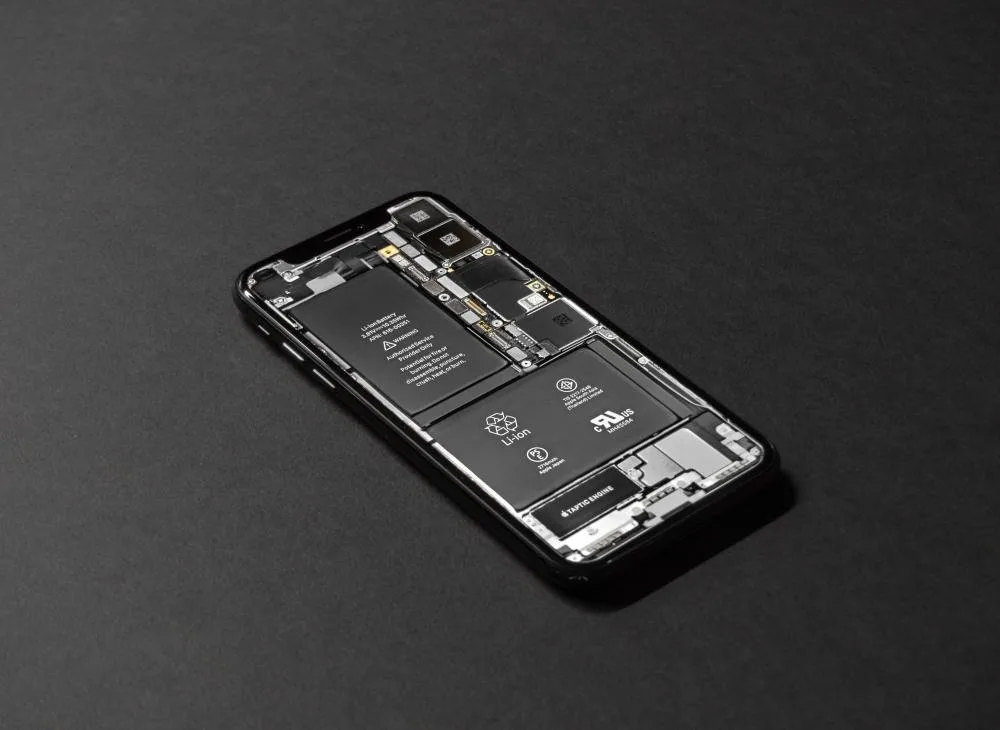
Organic batteries take another step closer to reality
Traditional lithium-ion batteries rely on heavy metals that are in limited supply, hard to recycle, and are extracted in environmentally-damaging mines.
As much of the world races to develop and install new sources of renewable energy, one part of our electricity infrastructure hasn’t been keeping up: The humble lithium-ion battery.
From smartphones to electric vehicles, lithium-ion batteries are critical to how our civilization powers itself, but for all their importance, time is running out: Most lithium-ion batteries use heavy, toxic metals that are difficult to dispose of safely, many of which are in short supply on Earth.
One solution: Organic batteries, which are better for the environment and easier to synthesize, and one research team at York University in Toronto has developed a new molecule that can be used to replace the lithium-ion variety.
“With this work, we have provided an important step forward to creating organic batteries, but more knowledge needs to be accumulated to leverage commercial viability for this technology,” York University Prof. Thomas Baumgartner told The Weather Network.
The molecule was synthesized “from the ground up”, but despite its laboratory origins, the result doesn’t look too sci-fi: Baumgartner says materials made from it look like coal dust, a function of the carbon nanotubes he says are a major ingredient. Batteries that include the material are stable and feature voltage up to 3.5V, about on par with traditional batteries.
The research was featured in the March issue of Batteries & Supercaps, a journal published by Chemistry Europe.

NOT QUITE A MIRACLE CURE
But though the research at York is promising, Baumgartner is quick to stress it’s still very early days for the technology, and for the field to grow, new electroactive molecules need to be developed. In all, he expects organic battery technology may not enter a commercially viable stage until as much as a decade from now, and he can’t speak to what that kind of industrial-scale production would look like.
There’s also one drawback: Though organic batteries perform about as well as lithium-ion varieties, they lag behind in terms of capacity pound-for-pound, as many of the materials used in their assembly are still too heavy relative to the amount of charge they can carry. Baumgartner stresses the need for more research.
“What we do is pretty much still fundamental materials chemistry, but without foundational studies such as this, no technology will come to its fruition down the development stream, Baumgartner says.
Baumgartner’s team is by no means the only one chasing the organic battery grail, and sometimes the solutions seem to appear in the most mundane places.
In 2015, for example, researchers at Wayne State University in Michigan gathered algae from toxic Lake Erie algal blooms, and successfully baked it in an argon furnace to produce a hard carbon suitable for use as an electrode in sodium-ion batteries.
More recently, researchers at Uppsala University in Sweden have made strides in using quinones -- a common and naturally occurring organic compound used in photosynthesis -- to produce organic batteries that are based on protons rather than lithium ions.
The Uppsala researchers say the resulting proton batteries can be charged “in a matter of seconds,” and can be charged and discharged 500 times without losing capacity, and are more resilient in very cold temperatures.












